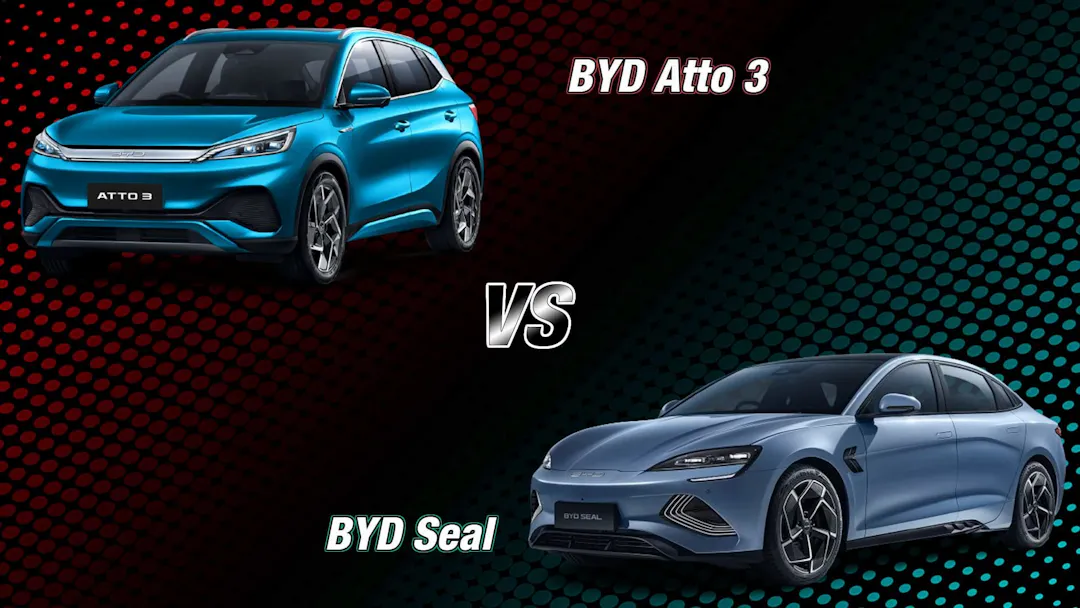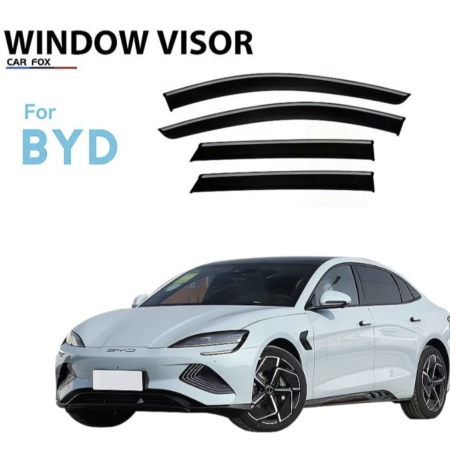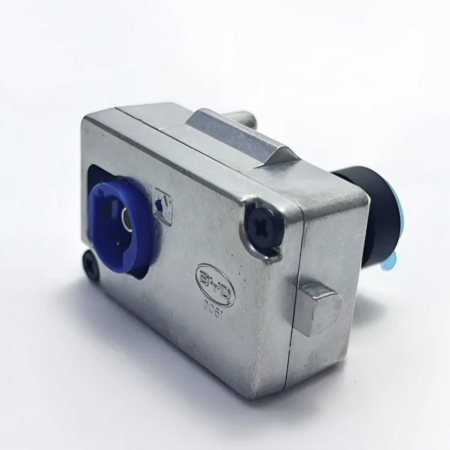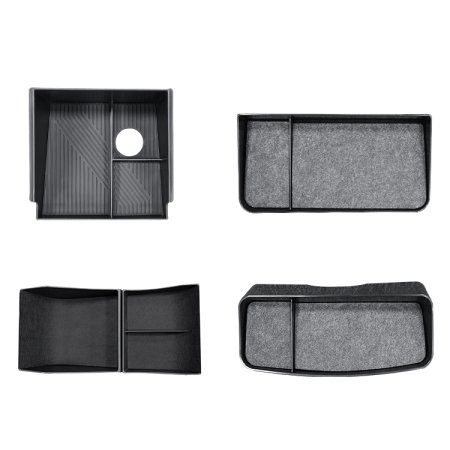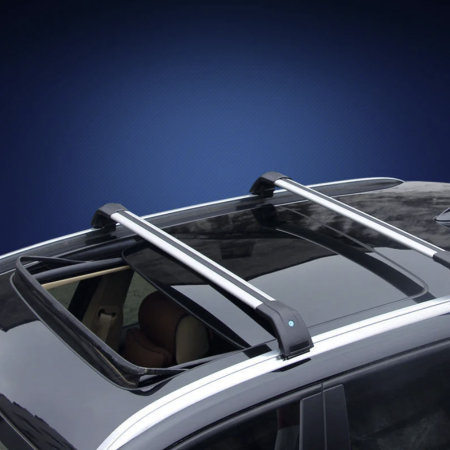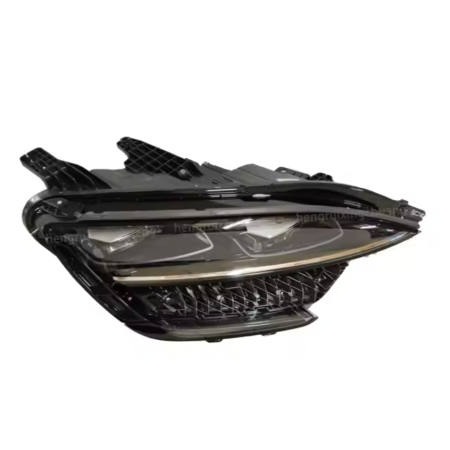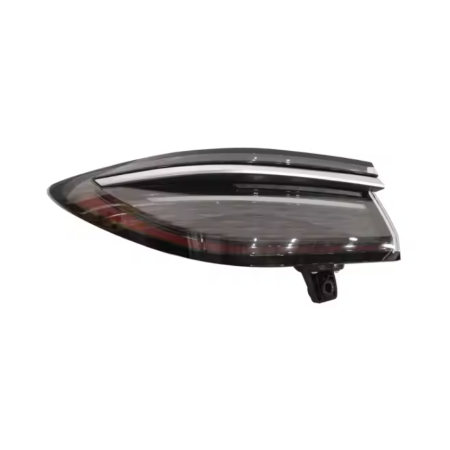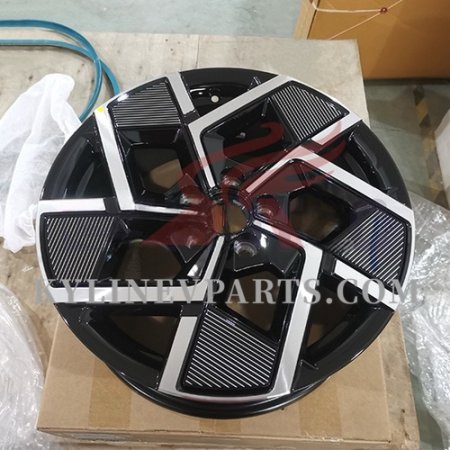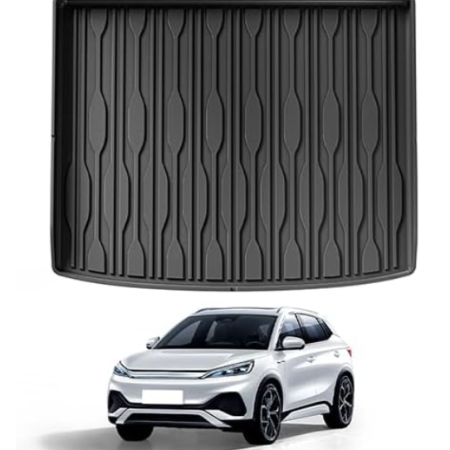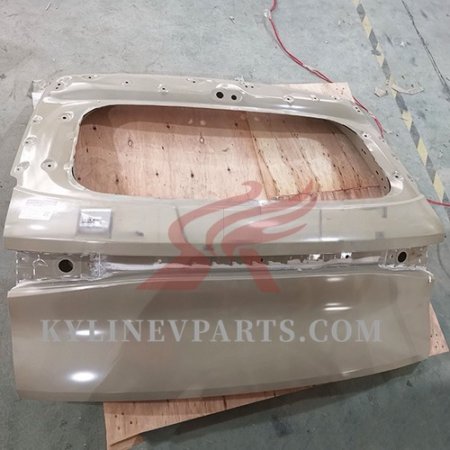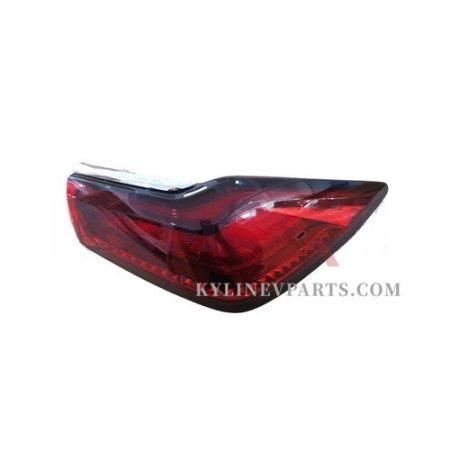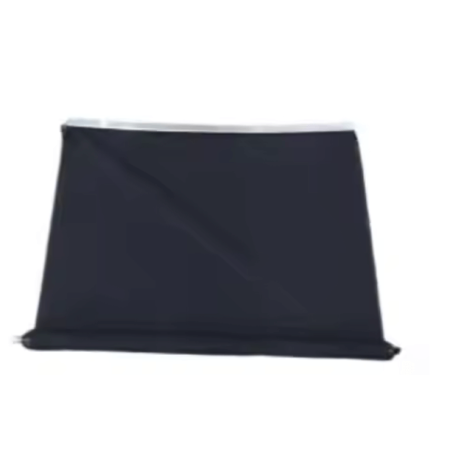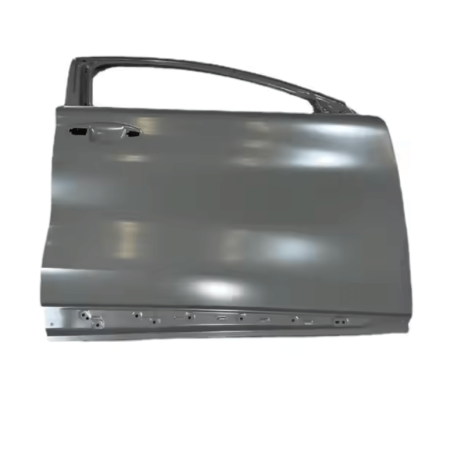BYD Seal vs Atto 3 Specs and Features Comparison (2024)
This detailed comparison meticulously examines the specifications and features of BYD’s entry-level electric vehicles offered in Australia: the sleek BYD Seal mid-sized sedan and the versatile BYD Atto 3 SUV. This analysis specifically focuses on their most comparable variants:
Price and Incentives
Although smaller in size, the Atto 3 is priced higher.
Currently, the base model variant of the BYD Seal differs from the BYD Atto 3 Extended Range by only $1,123. Both vehicles are eligible for state government incentives and the FBT exemption for electric vehicles.
Size and Dimensions
The Seal is the larger car overall, offering more space all around.
Both EVs are highly regarded for their practicality within their respective categories. Both utilize BYD’s dedicated EV platform, the e-platform 3.0. The Atto 3 is designed as a compact SUV with a taller stance, while the Seal is positioned as a mid-sized sedan.
In terms of dimensions, the Seal surpasses the Atto 3 in size. It is longer by 345 mm, while the Atto 3 stands taller by 155 mm. Both vehicles share a similar width of 1875 mm.
The BYD Atto 3 is notably lighter, weighing 172 kg less than the Seal.
Furthermore, the BYD Atto 3 has a rated towing capacity of up to 750 kg, whereas the towing capacity of the BYD Seal has not yet been determined.
Range and Performance
The Seal offers more range while the Atto 3 offers slightly faster acceleration.
On paper, the BYD Seal presents a superior claimed WLTP range, boasting an additional 40 km and greater efficiency than the BYD Atto 3, despite its weight being 172 kg heavier.
Both models share the same power output, yet the Seal distinguishes itself with a rear-wheel drivetrain while the Atto 3 opts for front-wheel drive.
In contrast, the BYD Atto 3 accelerates faster than its counterpart, achieving 0 to 100 km/hr in just 7.3 seconds.
Battery and Charging
The Seal offers faster DC charging speeds compared to the Atto 3.
The Seal excels in DC charging speeds, peaking at 110 kW DC, surpassing the Atto 3 which peaks at 89 kW DC. Both models are equipped with a single-phase onboard charger offering identical AC charging rates of 7 kW, which are generally considered slower.
Moreover, both vehicles boast V2L capabilities, allowing their batteries to function as mobile power sources. This feature proves beneficial for activities such as camping and road trips and could be invaluable during power outages.
Driver Technology
Both the Seal and Atto 3 are equipped with the same driver-assist technology and features.
The BYD Dolphin and BYD Atto 3 offer similar levels of driver-assist technology, featuring key amenities like a 360-degree camera, lane-keep assist, and adaptive cruise control. Notably, the Seal stands out with its larger driver display screen.
Infotainment and Connectivity
The Seal has a stronger infotainment offering than the Atto 3.
The BYD Seal earns acclaim for its exceptional infotainment and connectivity capabilities, highlighted by its impressive 15.6-inch center screen, intuitive and user-friendly interface, and high-fidelity sound system.
Both models support Apple CarPlay and Android Auto for seamless smartphone integration.
Additionally, they are equipped with the BYD mobile app, providing features such as remote locking, pre-heating/cooling control, and charge monitoring.
Other Features
The Atto 3 comes standard with a sunroof, while the Seal includes a panoramic glass roof.
Both vehicles include standard features like a heat pump. However, the Atto 3 is equipped with a retractable sunroof, whereas the Seal features a fixed glass panoramic roof.
Warranty and Servicing
Both the Seal and the Atto 3 are covered by identical BYD EV warranties.
Both vehicles feature a six-year/150,000 km vehicle warranty and a corresponding battery warranty based on years.

